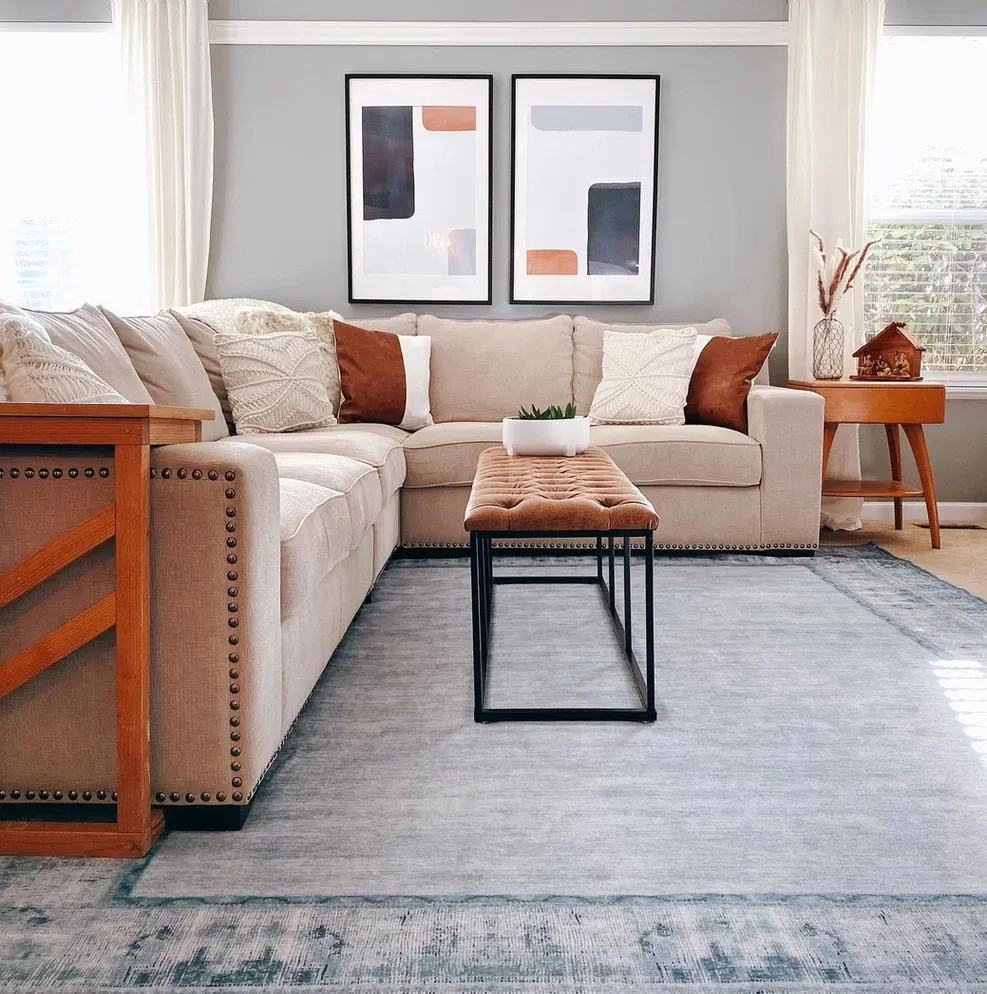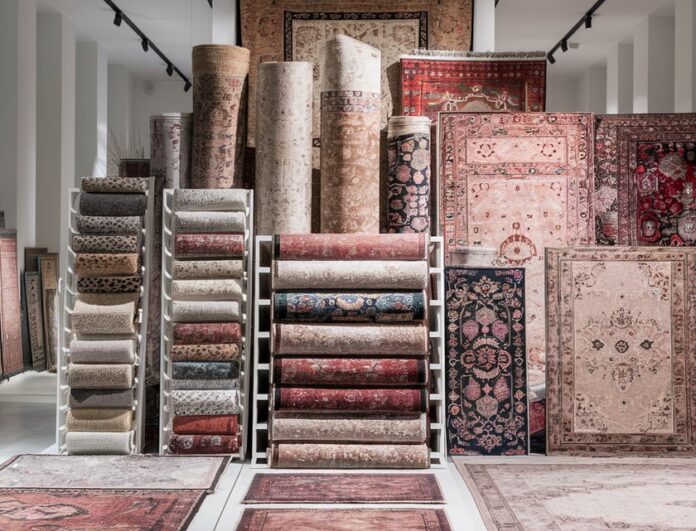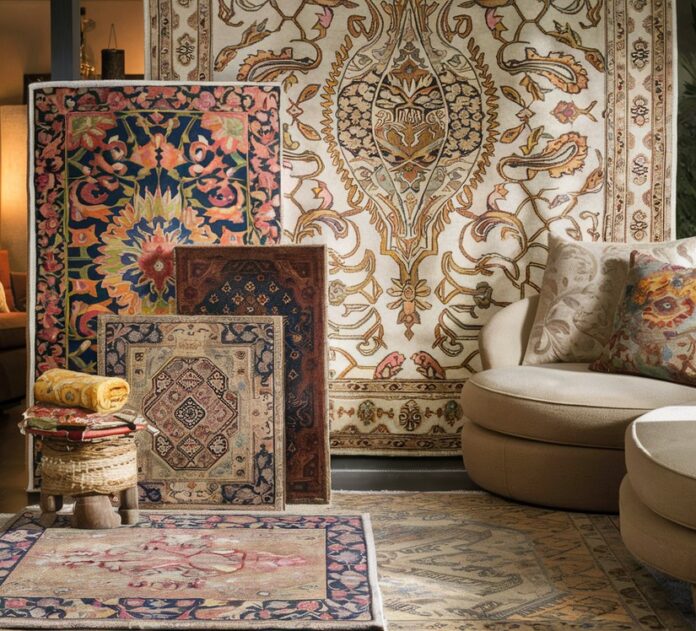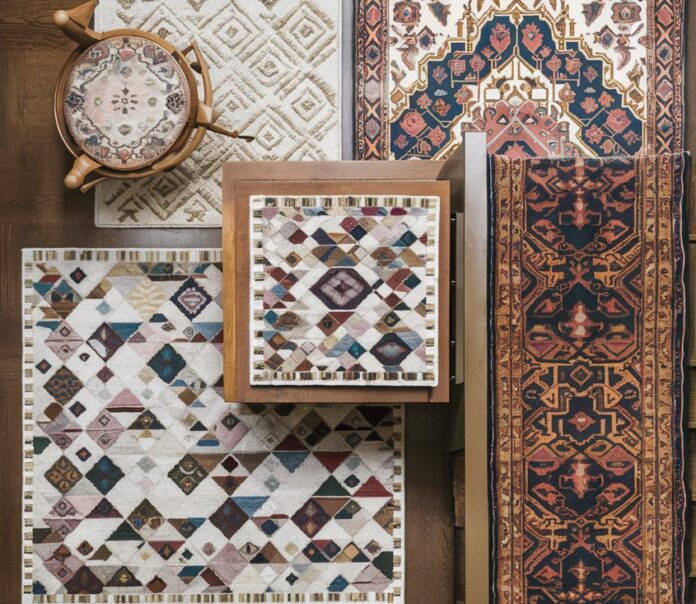Choosing the right rug size can transform a room, but how do you know when a rug is too big? Is there even such a thing as a rug that’s “too big”? The answers might surprise you. In this post, we’ll explore the nuances of rug sizing, the impact of larger rugs, and when bigger might actually be better—or worse. For more detailed guidance on selecting the perfect rug for your space, visit https://rugsandblinds.com/.
The Basics of Rug Sizing
Understanding standard rug sizes is the first step in making the right choice for your space. Common sizes include:
- Small: 3×5, 4×6
- Medium: 5×8, 6×9
- Large: 8×10, 9×12
- Extra Large: 10×14, 12×15
These sizes cater to different room layouts and furniture arrangements.
The Case for Large Rugs
When it comes to home decor, the size of a rug can make a significant difference, and opting for a larger rug often brings unexpected benefits that can elevate the look and feel of a room.
A Unified Look
A large rug can create a sense of unity in a room, pulling together furniture and decor elements. By covering more floor space, it helps define a cohesive area, making the room feel complete and harmonious.
Making a Statement
Large rugs can be statement pieces, adding bold patterns or colors that set the tone for the entire room. They can serve as the focal point, drawing the eye and creating a striking visual impact.
Comfort and Practicality
Bigger rugs provide more comfort underfoot, especially in living areas or bedrooms. They also help with sound absorption, reducing noise levels in open or high-traffic areas.
Too Big or Just Right?
A rug that extends too close to the walls can make a room feel cramped, overwhelming the space. Conversely, the one that’s too small can seem lost in a large room. The key is balance. Ideally, leave a border of 12-18 inches between the rug and the walls. This guideline helps frame the space and allows the rug to complement rather than dominate the room. It also ensures that the rug doesn’t crowd the furniture, giving each piece room to breathe. A well-sized rug should enhance the room’s proportions, not distort them, creating a visually pleasing environment.
Furniture Placement Considerations
The way furniture is arranged also impacts whether the size feels right. For instance:
- Living Rooms: All furniture legs on the rug create a cohesive area. Alternatively, placing only the front legs on it can work in smaller spaces.
- Dining Rooms: The rug should be large enough for chairs to sit comfortably on it, even when pulled out.
- Bedrooms: Ideally, a rug should extend beyond the bed by at least 18-24 inches, giving a soft landing area when you get out of bed.
Open Floor Plans and Large Spaces
In open-concept living, large rugs help define distinct zones, such as separating a living area from a dining space. Here, bigger can indeed be better, as it prevents a disjointed feel.
The Downside of Oversized Rugs
While large rugs can make a bold statement and unify a room, they also come with their own set of challenges and potential drawbacks.
Overpowering the Decor
A rug that’s too large can overshadow other design elements, making the room feel unbalanced. It’s essential to consider the proportion of the rug in relation to the other furnishings and decor.
Maintenance Challenges
Larger rugs can be more challenging to clean and maintain. They require more effort to vacuum and spot-clean, and professional cleaning can be more expensive.
Cost Considerations
Bigger rugs come with a bigger price tag. It’s crucial to balance your desire for a large rug with your budget, ensuring you don’t overspend on a piece that might not work in the long term.
Tips for Choosing the Right Size
Choosing the right rug size can be tricky, but with a few helpful tips, you can find the perfect fit for your space.
Measure Twice, Buy Once
Take accurate measurements of your space before shopping. Consider the layout, furniture placement, and the amount of floor space you want to cover. Accurate measurements help avoid costly mistakes and ensure that the rug fits perfectly in your desired location. It’s also helpful to think about how the rug will interact with other elements in the room, such as doorways, windows, and architectural features.
Consider Rug Shapes
Don’t just think rectangular. Round, oval, and runner rugs can offer unique solutions, especially in irregularly shaped spaces. These alternative shapes can add interest and break up the monotony of standard rectangular layouts. For example, a round model can soften the look of a room with sharp angles, creating a more inviting and dynamic space. Runners are perfect for hallways or narrow areas, guiding the eye and providing a visual pathway.
Visualize with Tape
Use painter’s tape to outline the rug’s dimensions on the floor. This simple trick helps you visualize its impact on the room’s layout and scale. It allows you to experiment with different sizes and placements before making a purchase, ensuring that you choose the best option for your space. This technique is especially useful when considering larger rugs, as it helps you gauge how much floor area will be covered. It can also help you see how the rug will interact with existing furniture and decor, making it easier to make informed decisions.
When Breaking the Rules Works

Design rules are helpful, but sometimes breaking them can lead to stunning results. For example, using an oversized rug in a small space can make it feel more expansive, provided the rest of the decor is minimal. This approach can create a sense of luxury and abundance, making the room feel more generous and comfortable. Likewise, layering rugs of different sizes and textures can add depth and interest, creating a unique and cozy ambiance.
This technique allows you to play with colors, patterns, and materials, adding complexity and richness to the design. Breaking the rules requires a keen eye and a willingness to experiment, but it can lead to a truly personalized and memorable space.
In Summary
So, is there such a thing as a rug that’s “too big”? It depends. The right size is about more than just dimensions; it’s about creating balance, harmony, and comfort in your space. The key is to consider the room’s overall design and function.












